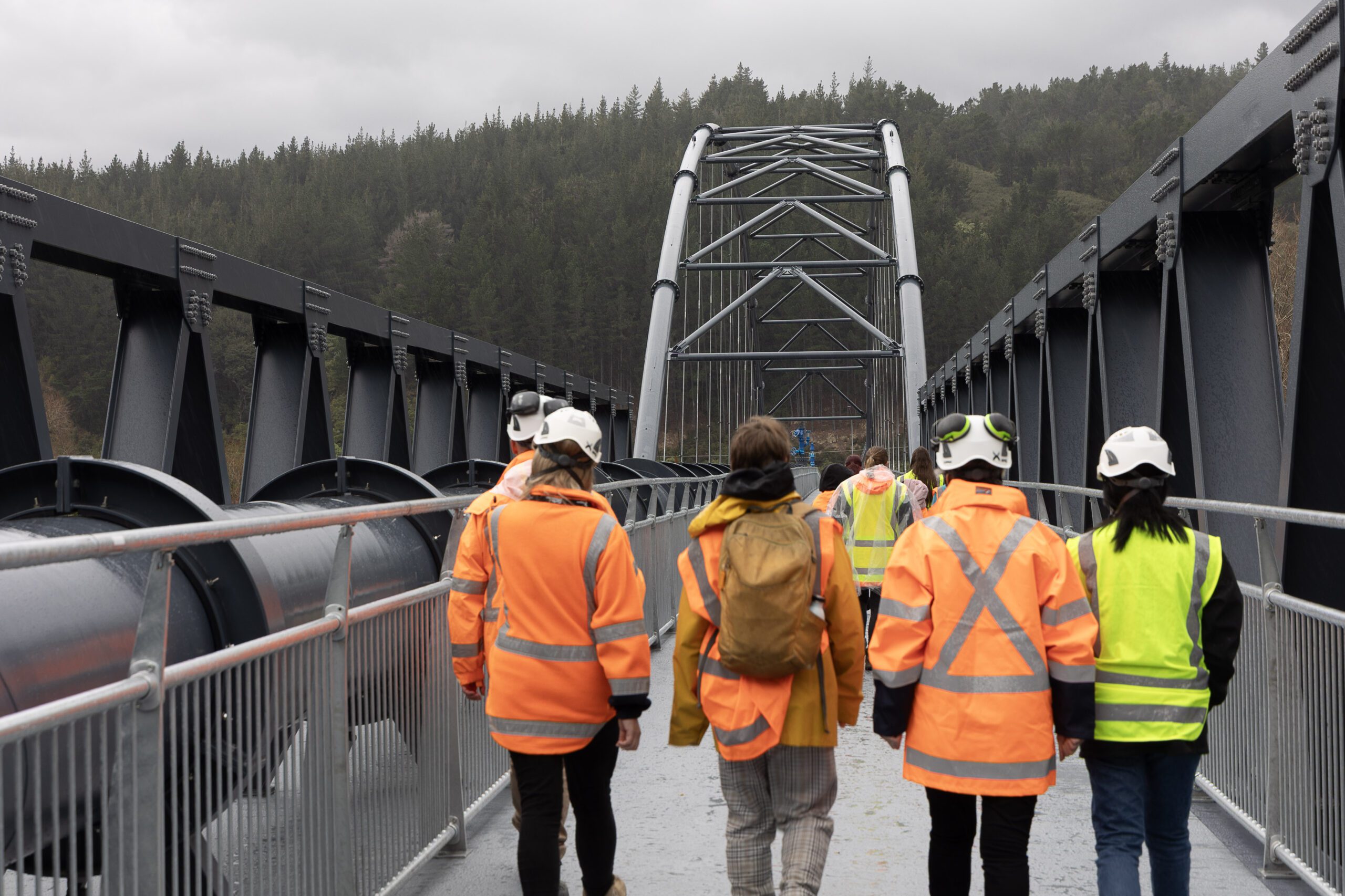Despite decades of awareness and positive action. There is still a significant gender gap in many careers based on Science, Technology, Engineering, and Mathematics (STEM) subjects. NZASE science communicator, Heather Goodey, looks at two initiatives that are trying to buck the trend in female participation in STEM careers.
Girls into infrastructure
Started by Arden Hermans, a senior project manager at BECA, Girls into Infrastructure has been organising events in Northland since 2019. More recently, events have been held in Auckland and Wellington with plans to expand to Waikato and Christchurch in 2026 and Tauranga in 2027.
The aim is to provide female Year 12-13 students with an opportunity to envision themselves in a career in infrastructure. These career opportunities have multiple pathways, from highly academic to hands-on skills. The programme allows students to experience the breadth of infrastructure and identify STEM occupations they may not have even known existed.
Currently, females represent only 14% of New Zealand’s building industry. “More concerning is the fact that the percentage hasn’t shifted.” Says Issy Pasley from Infrastructure New Zealand.
So, what is infrastructure?
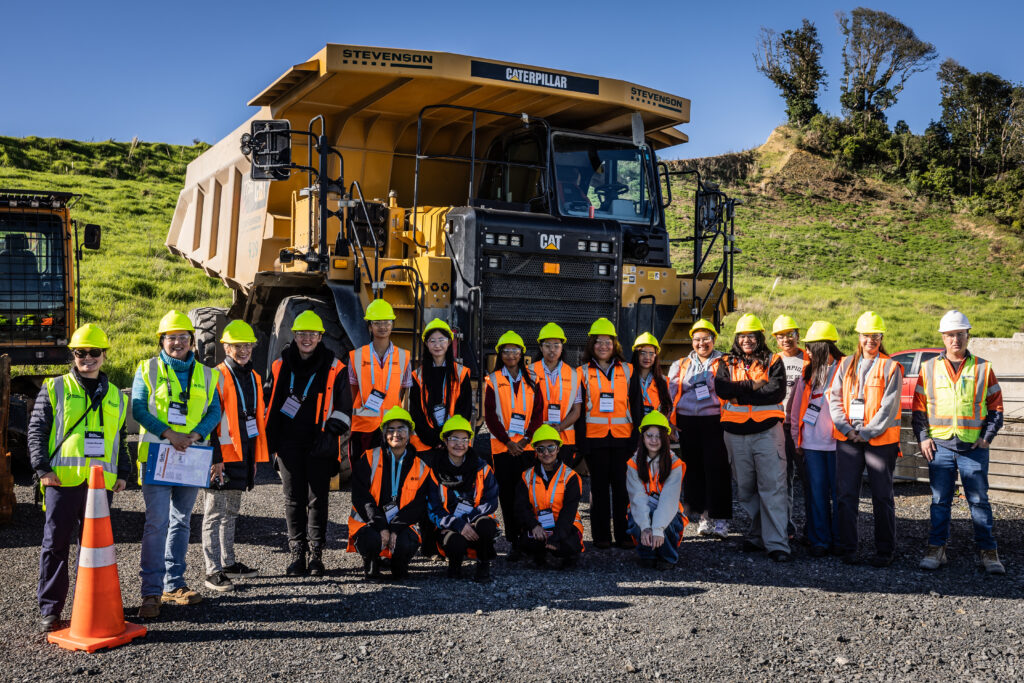
Infrastructure brings science to life. From water treatment and energy systems to transport and construction, chemistry, physics, and environmental science are at the heart of how we build and sustain the world around us.
These require careful design, construction, and ongoing maintenance, which involve a wide range of skills and training. This includes operating heavy machinery, designing and building communication and transport networks, understanding geotechnical and hydrological factors, as well as meeting legal and logistical demands of infrastructure. Not everyone in infrastructure wears high vis- but if you like orange, this is definitely a career direction you should consider.
What does the programme offer?
Issy outlines the programme’s aim and a summary of the day’s activities.
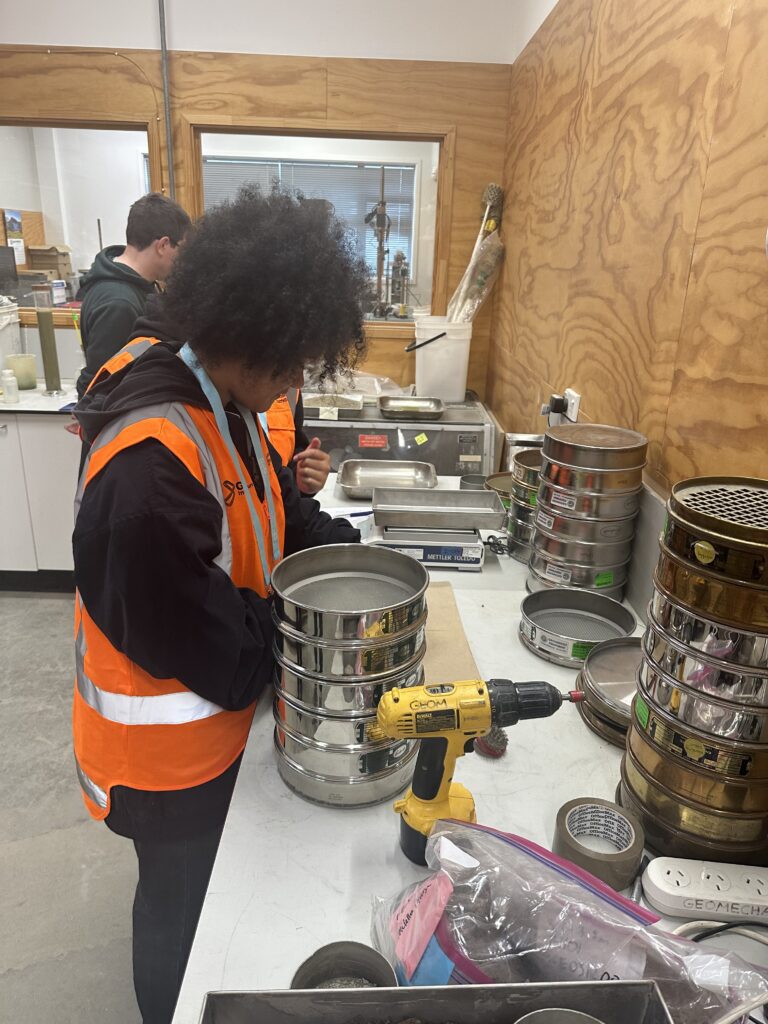
At Girls in Infrastructure® events, students learn how science influences the infrastructure sector. Through hands-on site visits, they observe these principles in practice — discovering how scientific knowledge is used to address real challenges in sustainability, efficiency, and safety. Past visits have included the WSP Research and Innovation Centre, Drury Quarry, Culham Engineering Factory, and Wastewater Treatment Plants, demonstrating how science relates to real-world infrastructure.
Students also meet professionals such as engineers, plant operators, scientists, and technicians who use these skills every day, illustrating clear pathways to meaningful infrastructure careers. Universities and training providers also participate, helping students connect what they learn in class to future study options and opportunities across New Zealand’s infrastructure industry.
Information and pathways to infrastructure careers information sheet.
Find out more and register your interest through the Girls into Infrastructure website.
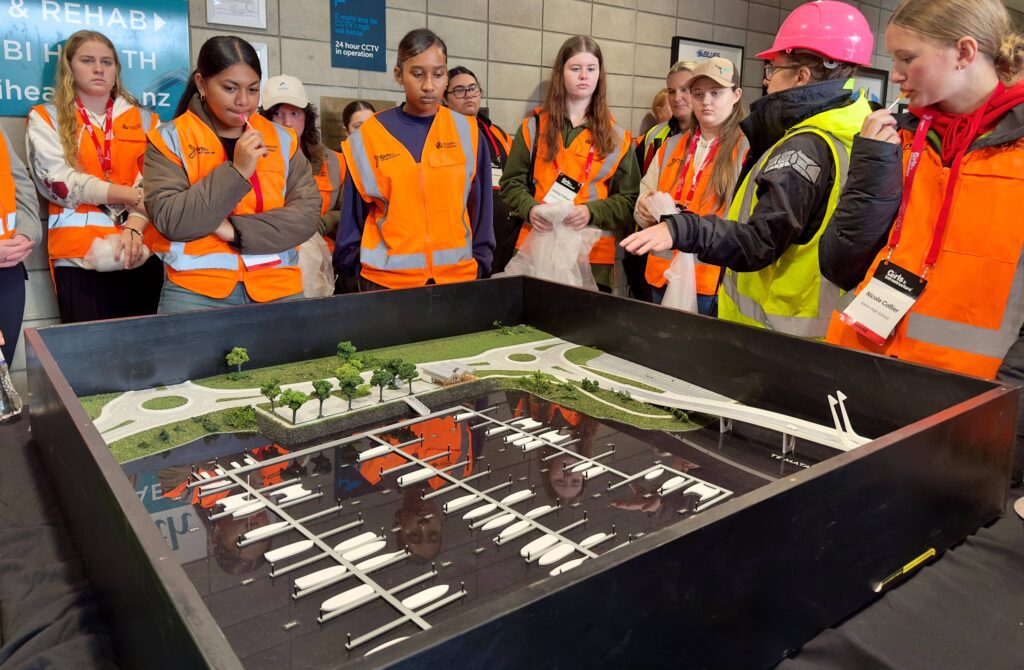
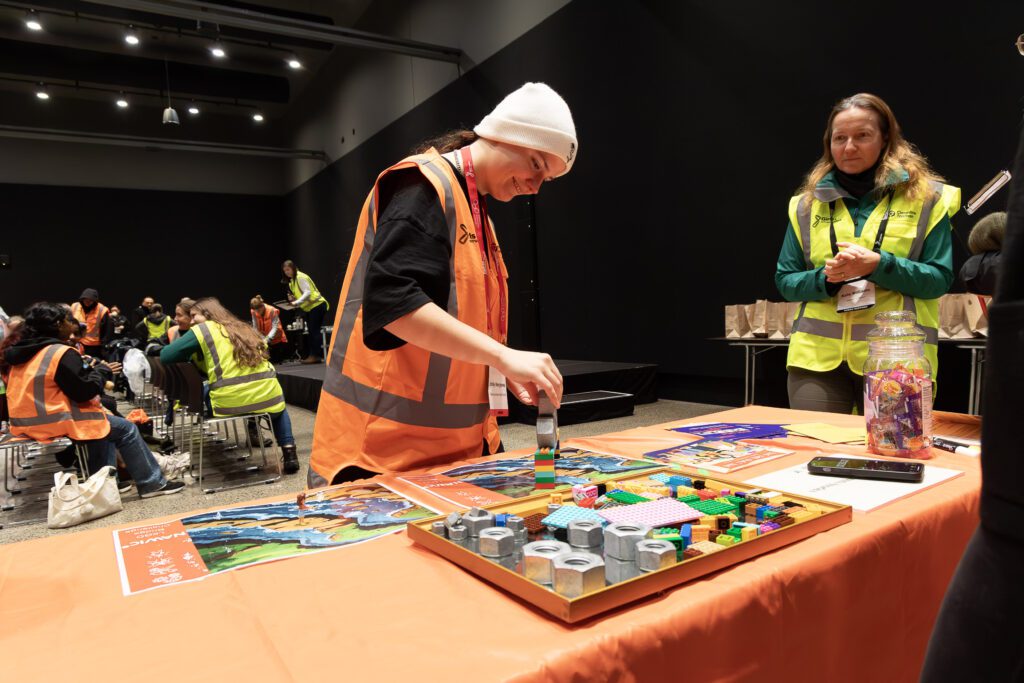
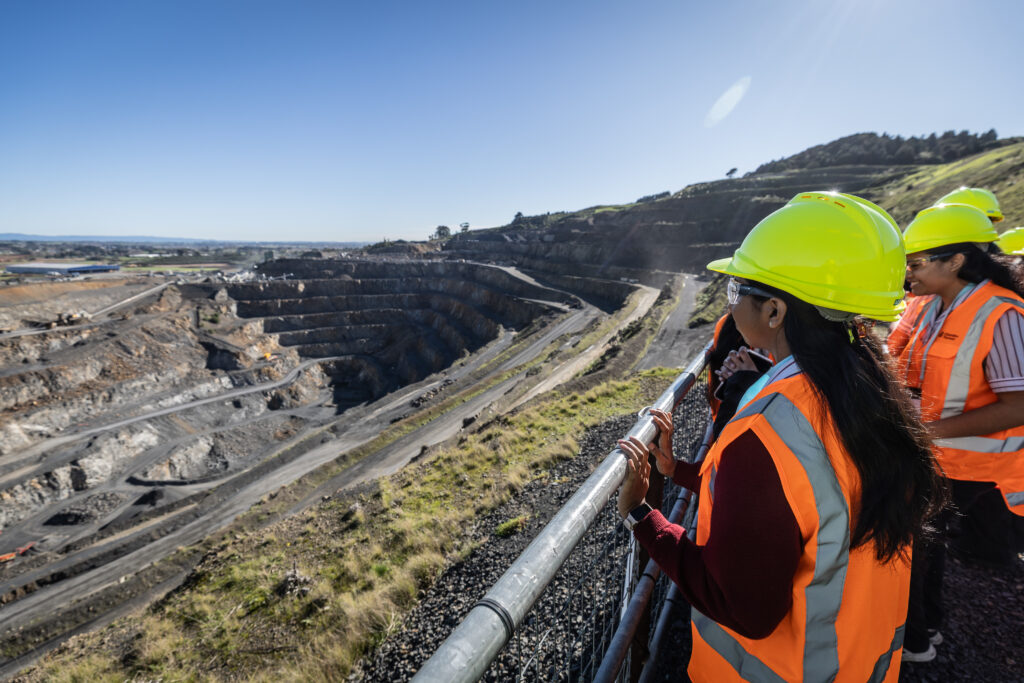
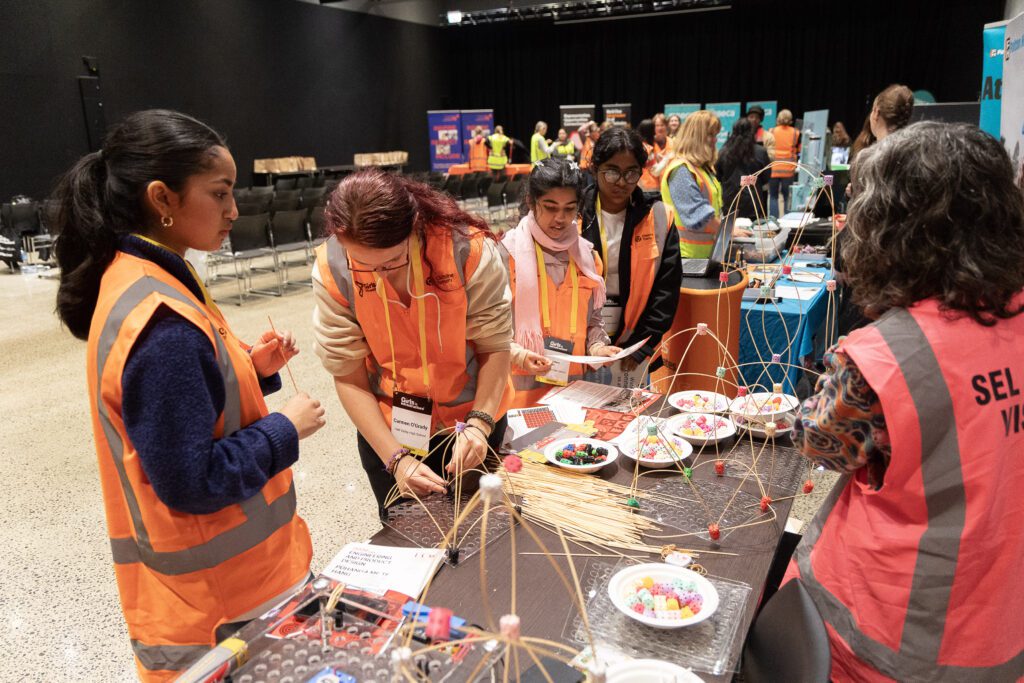
Engineering
One career option in infrastructure is engineering. But engineering also offers a diverse range of career opportunities beyond infrastructure.
So, what is an engineer?
Engineering is a multidisciplinary career that brings together problem-solving and design. Much of modern engineering is computer-based and involves developing solutions for a wide range of contexts. Engineers design and create systems and processes that influence all aspects of human society, from energy production and clean water to transportation, medical technology, computing, disaster readiness and the built environment.
It is a profession that requires creativity, communication skills and a strong understanding of physical science and mathematics. Engineering is a collaborative, team-based profession that involves working with people across various disciplines and communities.
Equity in engineering
The term “engineer” typically conjures images of men in hard hats building bridges. The engineering profession provides both individual success and important skills for society. Having a wide spectrum of engineers increases the variety of solutions to world problems that are engineering based. However, at the University of Auckland, females represent only 28% of students (up from 20%), and retention in the profession remains an issue.

Research shows there is also an intersectionality with gender, ethnicity and socioeconomic background and that the causes of this imbalance are due to multiple interrelated factors. Interestingly, other non-European cultures have a much more balanced participation in Engineering and lack this gender bias.
University of Auckland Engineering and Design outreach programmes
The Engineering department at the University of Auckland is committed to improving diversity in engineering. They offer a variety of workshops and events aimed at empowering more female participation in Engineering. Kate Greenslade is the current outreach co-ordinator for the Women in Engineering Academy (WIEA) and shares some of the offerings available.
Academic mentoring
Kate shared that one barrier includes students not continuing in Mathematics and Physics or not taking all externals in Level 3 Physics, a prerequisite for University of Auckland Engineering direct entry.” Often, students perceive these as the hard to do subjects, so we offer extra support.” Says Kate. To keep the doors open, WIEA offers online academic mentoring with current engineering students in Maths, Calculus, Science and Physics to Y9-13 school students. In person intensive revision camps also take place during the term three holidays for students taking NCEA Level2-3 Calculus and Physics.
Outreach workshops
Ensuring students stick with the STEM subjects requires them to see a clear path forward. Often, school subject selection can limit student options from as early as Y9-10. To address this, WIEA offer outreach workshops. These are available free of charge to schools in Auckland.
“It is a bit of a chicken and egg problem,” says Kate, “most of our students are from the Auckland region, so we are focused on that for now, but we hope to get further afield and see more students from around New Zealand in the future.”
The outreach workshops are designed to be one hour long and can cater for up to 30 students and facilitated by a student ambassador, often alumni from the school being visited. While some workshops are appropriate for Years 9-13, others require prerequisite knowledge and are aimed at Years 12 and 13 only.
Although the programme is aimed at female students, WIEA do not discriminate who can attend but prioritises female students. Evidence shows that more students from single sex schools see Engineering as an option. Kate suggests that this might be because when they attend a single sex school to talk about engineering, everyone there knows they are the target audience. In co-ed schools, it is possible, that female students may think it is just for boys. “We hope our all-female ambassadors and outreach programme help the female students “hear” the message that engineering is for them,” she says.
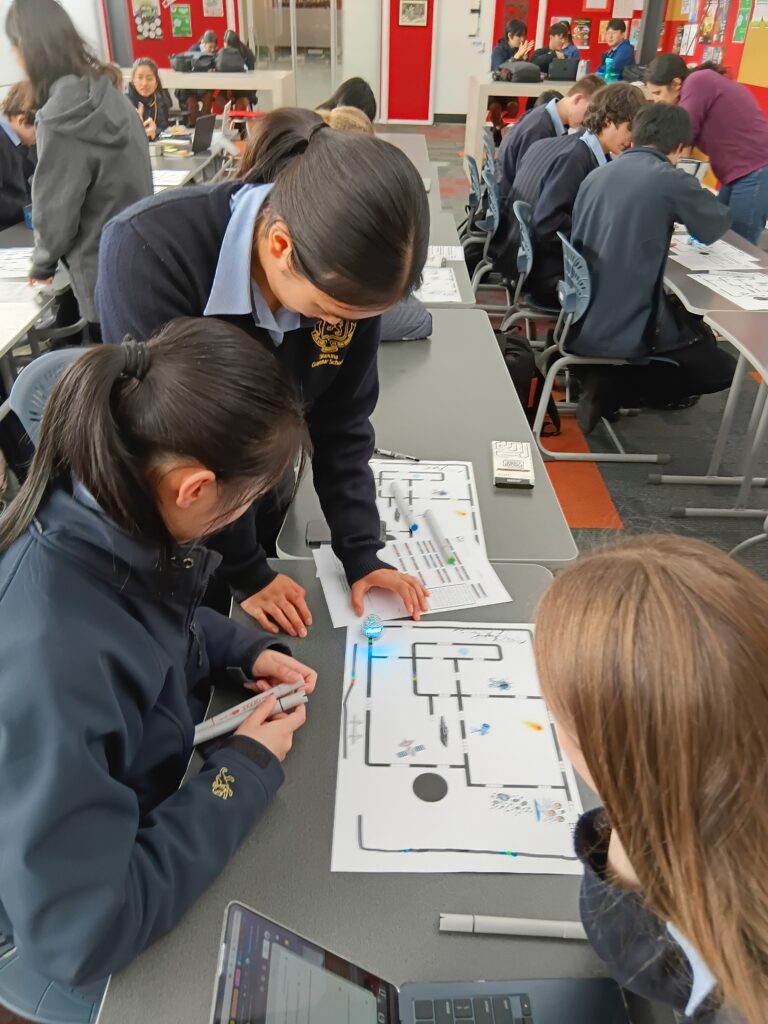
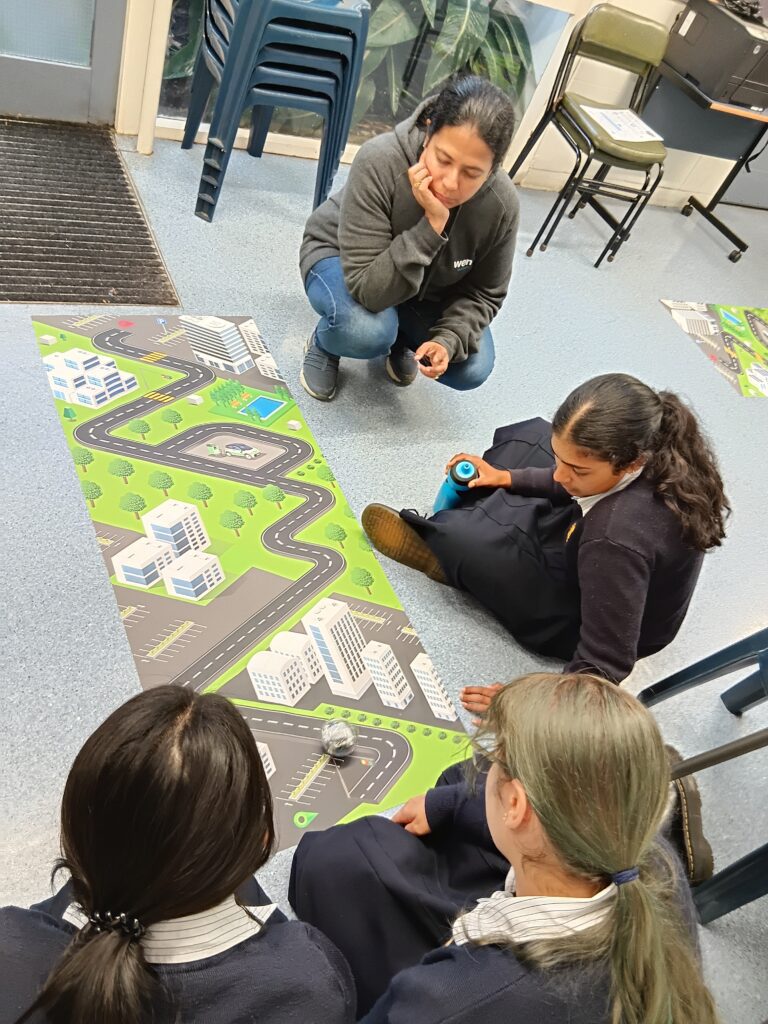
Other opportunities for female students
Enginuity Day
In this one-day event, Year 12-13 students get to experience hands-on workshops and come to grips with what engineers actually do. Held annually mid-year, onsite at the University of Auckland Department of Engineering and Design.
Engineering: Her Student Experience
An opportunity for Year 12 and 13 students to hear more about what being an engineering student is like from current students. An evening event held in Auckland where students, teachers, career advisors and whanau are all welcome to learn more about the different specialisations on offer and an opportunity to ask questions.
Holiday Camp
A 3-day camp for Y11 students (and whanau) to learn more about what engineering is and what is on offer at the University of Auckland. Opportunities include hands-on activities and interacting with current students and engineers.
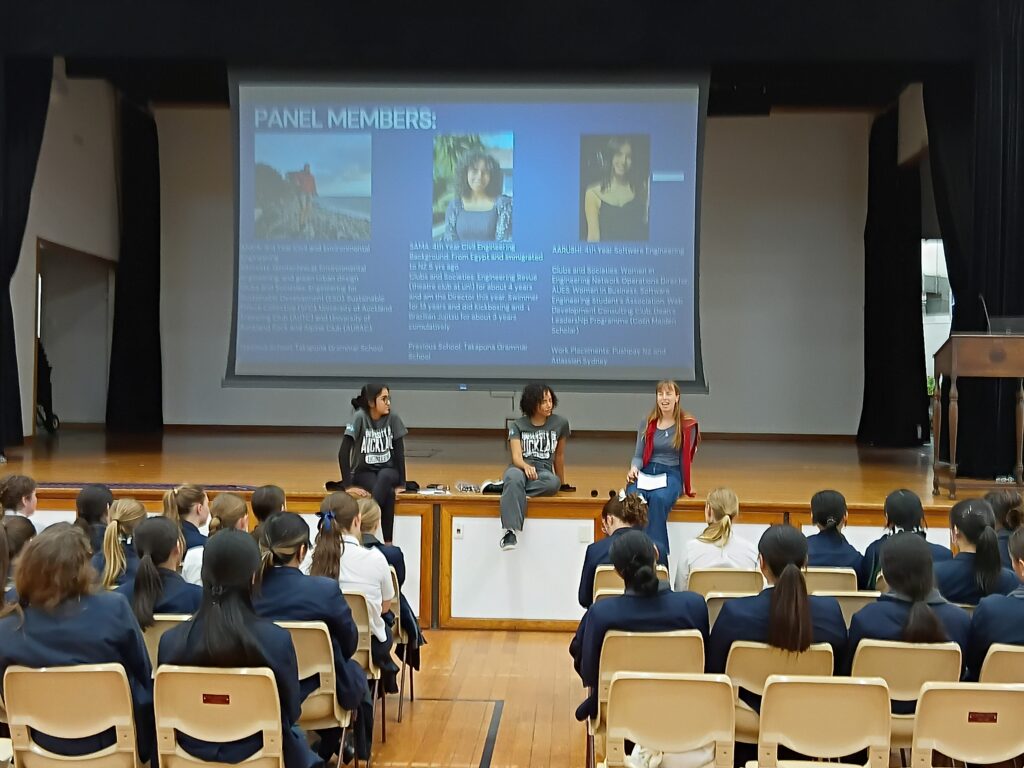
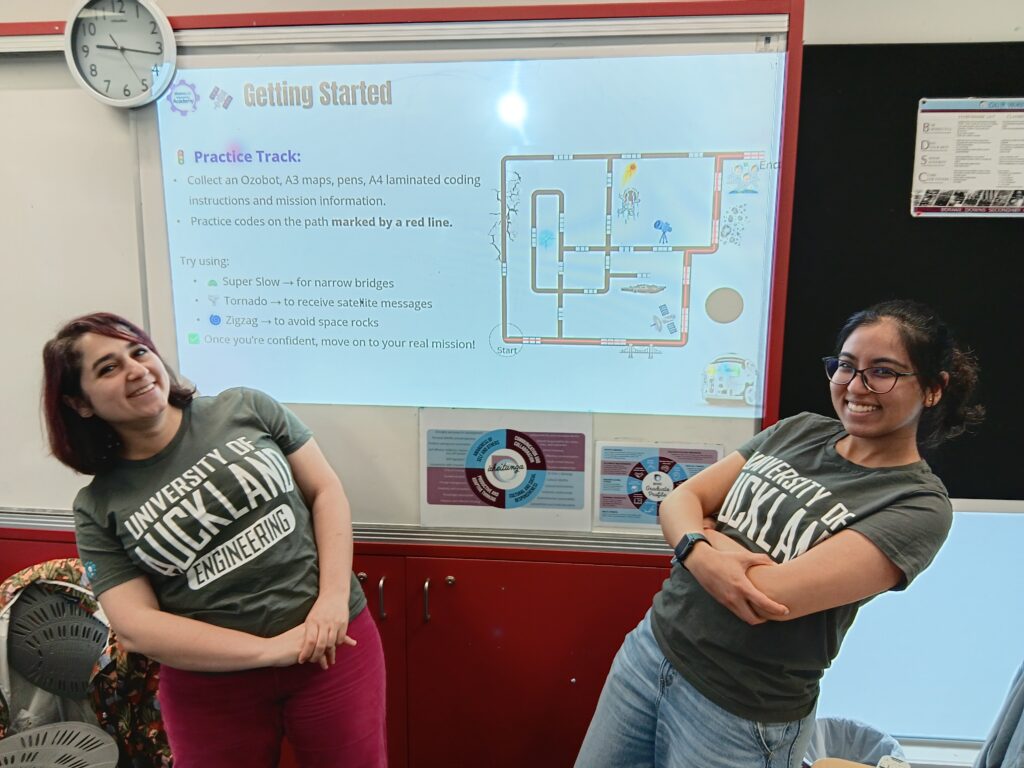
All these opportunities can be accessed through the website. For in-school workshops, teachers need to book, and all the planning is organised for you, tailored to your students’ needs. Other opportunities are available to students throughout Aotearoa. Whanau are always welcome.
Science Educators Role
As science educators, we can only influence part of this larger picture.
Research shows that teacher expectations, classroom culture, and exposure to role models all shape students’ perceptions of available opportunities. One major barrier to a professional engineering career continues to be subject choice in the senior years, which can unintentionally close pathways.
By fostering inclusive learning environments and providing access to authentic examples of STEM careers, teachers increase the relevance of science for our students. While systemic challenges remain, what we do in our classrooms, the language we use, the opportunities we provide, and the confidence we build can open doors.
Staying aware of the opportunities and ensuring students access these programmes, as well as learning more about STEM careers, is crucial. If you have the opportunity, consider attending one of the Girls into Infrastructure Events or Engineering outreach events.
Disclaimer: Heather worked for the University of Auckland engineering department as a gender equity advisor in the early 2000s and continues to be a keen advocate of any events that challenge traditional roles in STEM careers.
References
Influencing factors on women in connection with engineering in New Zealand: a triad of lenses, Wendy H. Fox-Turnbull, Maryam Moridnejad, Paul D. Docherty, Josy Cooper, International Journal of Technology and Design Education (2024) 34:1045–1066, https://doi.org/10.1007/s10798-023-09854-6

